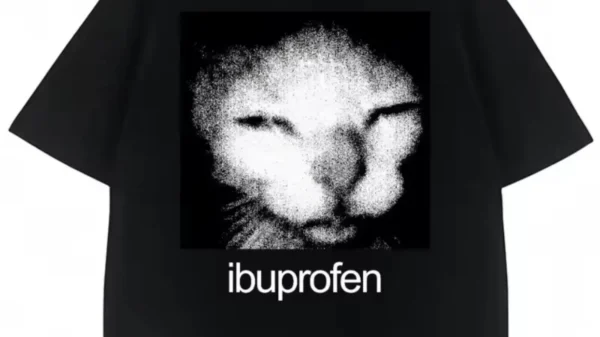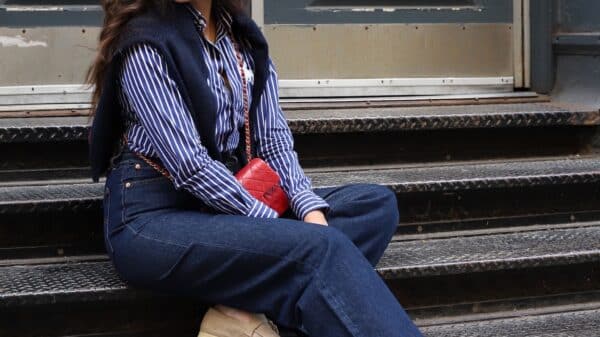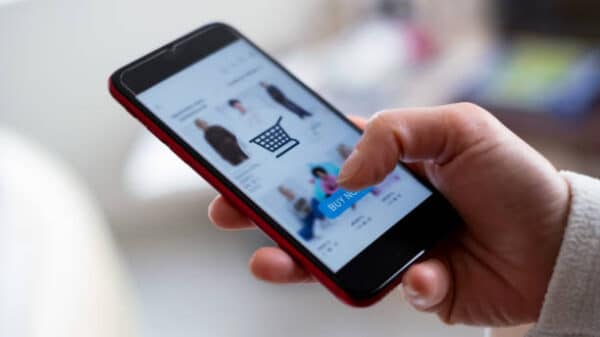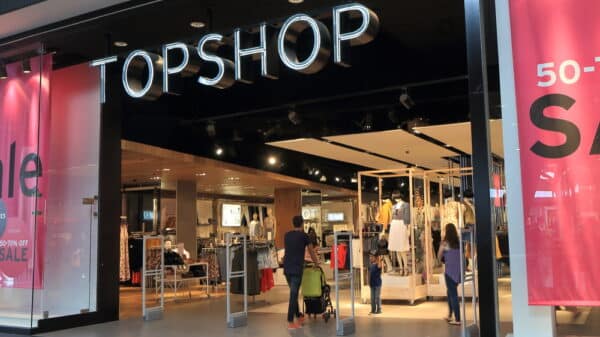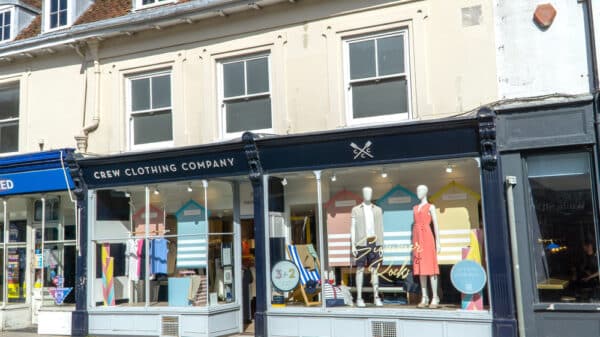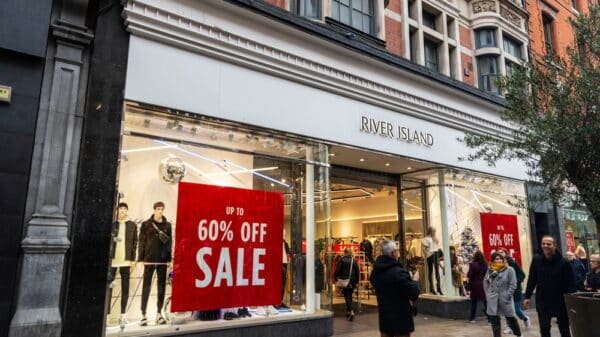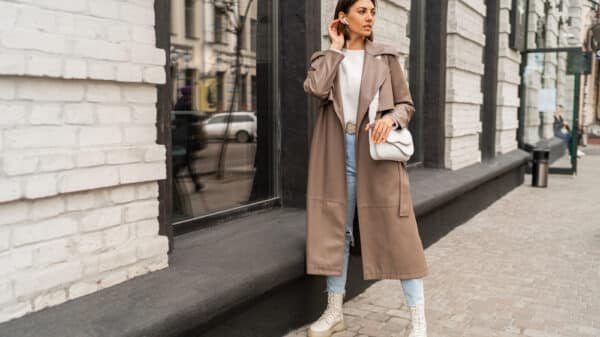H&M’s CEO Daniel Ervér recently delivered a stark warning about rising clothing prices in the U.S., attributing this trend to the ongoing tariffs from the Trump administration. His insights offer a glimpse into the complexities of the retail landscape and how different companies are grappling with these financial pressures.
“In the U.S., we’re seeing some competitors increasing prices. Some are doing this boldly, while others are taking a more cautious approach,” Ervér explained, characterizing the retail environment as “fast-moving.” It’s a clear indication that the aftermath of policy fluctuations is creating ripples across the industry, affecting everything from pricing strategies to consumer behavior.
While H&M hasn’t committed to price increases just yet, Ervér emphasized the brand’s dedication to competitiveness—not just in terms of cost, but also in offering stylish and sustainable options. He pointed out that H&M’s diverse sourcing strategy affords them a buffer against these cost pressures. In a world where customers are increasingly conscious about what they spend and the ethical implications of their purchases, H&M aims to strike a balance. They want to be the brand that feels accessible and responsible, even when external forces push prices higher.
Just a day before Ervér’s comments, H&M published its second-quarter sales numbers, showing a 1% increase in local currencies. However, they also reported a significant drop in overall revenue, largely due to the rising costs of currency fluctuations, shipping, and procurement. Operating profit took a nearly 17% hit, which the company attributed to ongoing investments in enhancing their product line, store formats, and digital platforms. These investments are crucial for H&M as they strive to evolve with consumer expectations and maintain their relevance in a competitive market.
Ervér acknowledged the strain from escalating shipping charges and the costs tied to the U.S. dollar. Yet, he remained optimistic, suggesting that many challenges might soon turn around as the year progresses. Still, H&M recognizes the reality of price sensitivity among shoppers. As customers tighten their spending habits amidst an uncertain economic climate, H&M anticipates increasing global discounts to attract bargain-hunters. It’s a familiar struggle for many consumers today—balancing the need for affordability against the backdrop of rising prices.
Looking to the future, H&M is not resting on its laurels. The company has plans to open its first stores in Brazil later this year and is also introducing innovative store formats designed to cater to changing consumer habits. This proactive approach indicates a commitment to growth, even amid financial uncertainties.
Nike, another retail giant, is also feeling the effects of these tariffs. They recently mentioned initiating “surgical” price increases to counterbalance the rising import duties, which could end up costing them nearly $1 billion this year. This mirrors the challenges that many brands are facing as they navigate the unpredictable landscape shaped by policy changes.
In these times, when every dollar counts and choices are influenced by both prices and values, it’s understandable to feel anxious about the future of retail and what it means for our wardrobes. Brands like H&M and Nike are grappling with these realities just as we are, trying to keep their commitments to affordability, style, and sustainability in a market that’s anything but predictable.
Image Source: Sorbis @ ShutterStock


